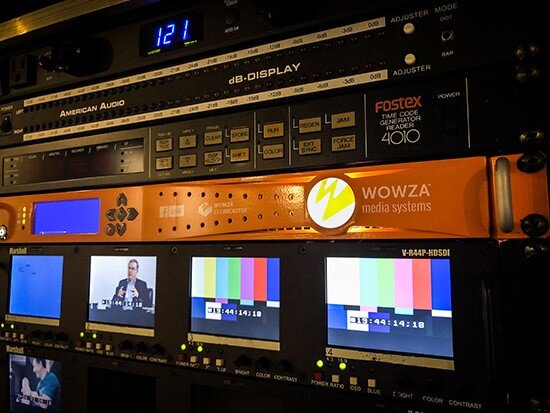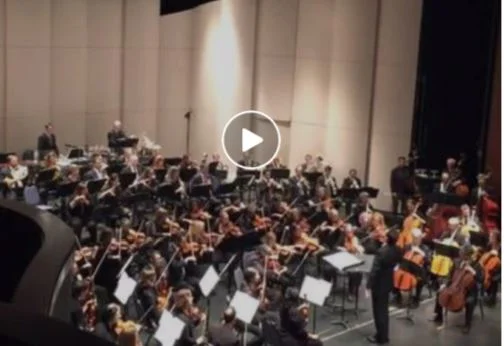Social media is infused into the daily lives of Gen Z and Millennials. In order to reach and meaningfully engage with IND18-35, organizations should build a thoughtful social media presence to funnel the IND18-35 community to specific content. Initially, organizations should identify existing Gen Z and Millennial parties as key stakeholders and partner with them to create interactive, promotional content on social media. The focus should be on TikTok and YouTube as 75% of survey respondents ranked one of these platforms as their primary source of short-form content.
The Challenge to Keep Millennials and Gen Z Interested in Long-Form, High Quality Content: Part One
Millennial and Gen Z consumers have forever altered the entertainment landscape. Shifts in their viewing habits are being motivated by a sense of community, increasingly short attention spans, and pragmatic decision-making spurred by coming of age in a digital and internet-driven environment. To fulfill these motivations, they have increasingly turned their attention to short-form content. this article offers insights on how and why Gen Z and Millennial consumers watch content.
Three Platforms of Value for Independent Artists
Indie artists have been traditionally excluded from major labels due to their obscurity and improbability of generating revenue, causing difficulty in creating a career. Nowadays, however, independent artists have more power and capacity to survive, even thrive, without the help of a major label. The advent of the internet, streaming, and social media, as well as legislation regulating for rights of independent recording artists, have pivoted the music industry in the 21st century.
Digital Privacy and Subversive Art
Having a better understanding of domestic legislation regarding digital privacy, as well as the international landscape as it pertains to these issues, can help in managing art that could be characterized as “seditious” or “radical.” It is important to note that surveillance, from both private and governmental entities, is on the rise as are the possibilities of censorship or unconstitutional oversight.
How the Arts Can Leverage Pinterest for Digital Engagement
The social media platform Pinterest has only been around for a decade, but it is already the third-largest social network in the U.S. Although Pinterest is such a popular sharing platform, major art organizations do not appear to be using it to its full potential. Many leading institutions do not even have a public profile, meaning that they are missing out on important digital engagement opportunities. When used strategically, Pinterest can successfully promote an entire institution, a single program, or a department.
The TikTok Timeline: Is this Rising Video Sharing Platform Running Out of Time?
A Guide to Understanding Digital Network Interactions
The transition from physical to digital content is progressing unevenly in the United States, where those with advanced technology capabilities and capital are capturing a disparate share of the economic gains. Companies that are benefiting from these disparate gains in market share are also shaping the market to benefit their industry. The transition to digital content is important to understand as it is rapidly changing companies’ business models. This is particularly true for arts institutions in the post-Covid-19 era.
Case Studies of Livestreaming in Theatre: Part 2
When considering the medium of livestreaming for organizational programming, one must be aware of its many advantages and challenges. This second portion looks at two case studies. The first case study, The Geffen, set the precedent for non-Broadway theaters working with BroadwayHD. The second case study, The Orlando Shakespeare Theater, illustrates how a large regional theater can impact hundreds of classrooms with one performance, on a budget that is more feasible for regional theater companies.
Livestreaming for Regional Theatre: History and Perspectives: Part 1
This is a two-part series exploring how the benefits of incorporating livestreaming technology into theatres. Part 1 of the report documents a history of livestreaming theatre (involving a timeline and the lifespan of the industry’s biggest players) and a brief analysis of what it means to perform “Live!” and its programming potential.
Live Streaming Performing Arts Using Social Media: Why, How & Best Practices
As more people are consuming and participating in the arts via electronic media, it is essential for arts institutions to develop a strong online presence. Uploading content and performances online can allow more people to access the arts and learn about an institution. One strategy to increase engagement and build an online presence is through live streaming. This paper explores the benefits of live streaming, and how it can remove barriers of access to the arts. It explores various platforms for streaming, like Facebook, Periscope, Youtube, Livestream.















